Solar Panels
Whilst all of the components that make up a solar power system are important, the solar panels are particularly important as they make up the largest cost of the system, are the largest driver of system performance and are the most difficult to fix if something were to go wrong.
Country Solar NT offers our clients a choice of different solar panels and we can source any panel on the market. We have however chosen a range of solar panels that we believe offer the best trade off between performance, value and quality.
column1
col1 sub
$25.75 /month
- Lorem ipsum dolor sit
- Praesent convallis nibh
- Nullam ac sapien sit
- Phasellus auctor augue
column1
col1 sub
$25.75 /month
- Lorem ipsum dolor sit
- Praesent convallis nibh
- Nullam ac sapien sit
- Phasellus auctor augue
column1
col1 sub
$25.75 /month
- Lorem ipsum dolor sit
- Praesent convallis nibh
- Nullam ac sapien sit
- Phasellus auctor augue
NB:We don’t need these pricing tables. Ed put them here as an example.

Solar Inverters
If you are new to rooftop solar or do not have a background in the electrical trades then you probably have never heard of an inverter.
This nifty and sophisticated box of electronics and switches Is not about turning things upside down – rather its main jobs are transforming the raw energy from the sun into a usable form, making sure your system is working to the max and letting you measure what’s happening.
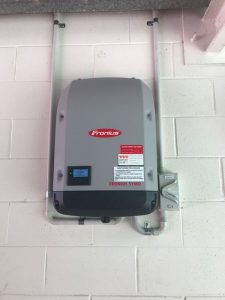
To put it more formally…
Inverters are responsible for:
> Conversion
That’s conversion of DC (direct current) electricity produced by the solar panelsto appliance friendly 240V 50 Hz AC (alternating current), the form of power we are all familiar with and can use within our home or export to the grid.
> Controlling
Controlling the voltage of your system to extract the maximum power available (referred to as maximum power point tracking).
> Reporting
Reporting on your solar system’s performance – either on screen, via bluetooth or via the internet.
Inverters come in three categories
- • String inverters
- • Micro inverters
Each is designed for different situations and each has its own advantages and disadvantages.
String Inverters
NB: Edwin will insert logos above titles
[table “someid” not found /]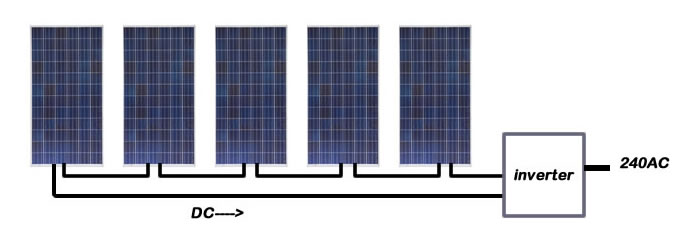
A string converter is usually mounted on the wall a short distance away from your rooftop solar panels in a sheltered location – usually between the solar array and your electricity meter/switchboard.
This is the most common type of solar inverter for residential users and small to medium commercial solar systems in Australia. It is also the least costly.
For many commercial installations a series of string inverters typically will be used to cope with the higher number of panels.
String inverters are simple, proven and ideal if your roof is clear of any shading and your rooftop panels do not face in different directions – for example due to a gabled roof with different pitches and aspects.
If one part of your solar panels’ array has a different aspect and receives less sun then the output across your entire solar system may be degraded.
There also are limits on the maximum number of panels a string inverter can handle as well as compatibility issues between different types of solar panels, limiting expansion and panel replacement options.
These are reasons why micro solar inverters are becoming increasingly popular for household solar installations in Australia and elsewhere even though they cost more.
These issues are not so critical for commercial rooftop solar where a series of inverters will be linked to a string of solar panels. Any temporary point of failure is less significant as the power output of the rest of the system will not be degraded.
Solar Micro-inverters
Micro-inverters are installed near or under each individual PV panel in your solar energy array.
Micro-inverters convert the DC electricity from your solar panels into usable AC electricity BEFORE IT LEAVES YOUR ROOF, with no need for a separate string inverter located at your switchboard.
The big advantage of micro inverters is that they cancel out the impact of partial shading and panel mismatch from either degradation or failure.
Because the DC-AC electricity conversion happens at each panel – there is no “bottleneck” when one panel’s output declines. If one panel is failing the others continue to function normally.
Micro-inverters also allow you to readily monitor the performance of your solar system. They make future expansion of your solar system or the replacement of individual PV panels easier meaning differring power class solar panels can readily be interchanged.
There are now many solar inverter manufacturers in the market but only a limited number stand out.
To be brutally blunt, low cost inverters of any type or brand are a potential nightmare and to be avoided – below are the brands we highly recommend;
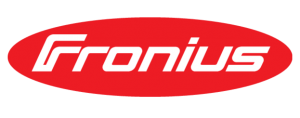
Austrian inverter manufacturer Fronius has recognized expertise worldwide in controlling and monitoring energy for electric welding, battery charging, storage systems and solar electronics.
Fronius serves the Australian market through a Melbourne-based subsidiary which offers technical support and a repair center as back-up for its products.
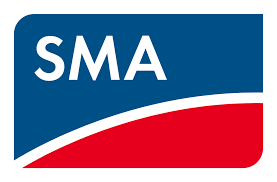
SMA is unquestionably a world leader in string solar inverters in terms of both volume and quality.
Fully designed and manufactured in Germany, SMA has set the benchmark for solar inverters in the residential, commercial and utility solar markets.
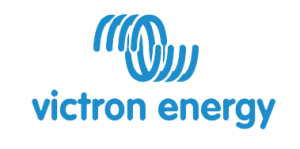
VICTRON is a highly rated international supplier of sophisticated solar components headquartered in the Netherlands. A primary focus is meeting the needs of commercial-scale solar installations.
Victron maintains a presence in all Australian States and has a technical training centre in Adelaide.

California-based Enphase provides the world’s most advanced micro solar inverter technology.
It is the world’s leading micro inverter systems provider, continually pursuing unique, high-tech innovations to advance the performance and intelligence of residential and commercial solar energy systems.

